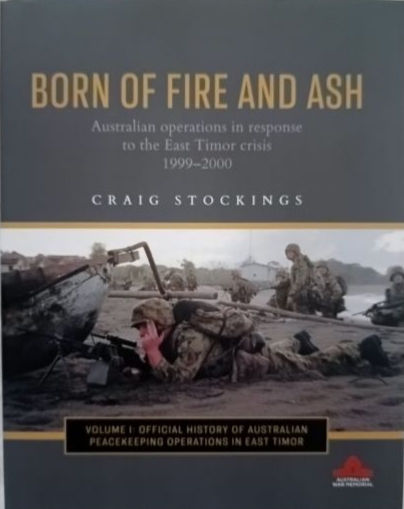Axis & Allies: Pacific (2012)
In every edition of Axis & Allies, players play as the major belligerents of World War II: Germany, Japan, the Soviet Union, the United Kingdom, and the United States. The A&A: 50th Anniversary Edition also includes Italy as the third Axis power and China as the fourth Allied power. The A&A: Pacific 1940 edition includes China and ANZAC (Australia and New Zealand armed forces). The A&A: Europe 1940 edition includes Italy and France. The players playing the Axis powers team up against those of the Allied powers in an attempt to conquer key territories, represented by regions on the map board. In earlier editions, this was done by capturing and holding until the end of a round of play certain territories where the opposing alliance's capital cities are located. In later editions, this also included other territories on the map, where "victory cities" are located. In the original Milton Bradley edition, A&A: Classic, the Axis powers could also win by capturing and holding until the end of a round of play enough territories to gain an economic advantage. This "economic victory" was dropped in later editions of A&A.
Each round of a game involves each of the powers moving in turn according to a specified order; the game ends when either the Axis powers or the Allied powers complete their objectives. When each power takes its turn, they must first declare how they are to spend the IPCs (Industrial Production Certificates, an abstract currency representing one million man-hours of labor) in their possession: this may go into buying new units, improving units through research (in earlier editions), or repairing damaged structures (in later editions). Players then declare any movements made that would result in combat, moving their pieces as appropriate, and after resolving combat, declaring any non-combat movements. At the end of the turn, players then place any units that were purchased at the beginning of the turn and collect IPCs based on all territories that they control at the end of their turn.
Combat is typically divided into several types; in all types, however, combat is divided into rounds. In each round, attackers and defenders roll dice to determine which of their units deal hits on the opposing side. If the number rolled is less than or equal to the unit's attack or defense rating (where appropriate), the unit scores a hit on an opposing unit of the opponent's choosing. During the round if an attacker defeats an enemy, the enemy can do a final retaliation before death, then be taken off the board. Some types of combat, such as strategic bombing raids, naval bombardment, and anti-aircraft defense, last only one round, though in others the attacker has the option of either continuing with another round of battle or retreating. Combat is fully resolved when either side loses all their units or the attackers choose to retreat. Though combat in different territories may be resolved in any order of the attackers choosing, combat in one territory may affect the number of combatants in another territory for later battles, as in the case of an amphibious assault or when attacking units withdraw.
top of page
149,99AU$Precio
Solo 2 disponible(s)
No hay reseñas todavíaComparte tu opinión.
Deja la primera reseña.
Tally Ho Chap ©
© Derechos de autor
Productos relacionados
bottom of page
































